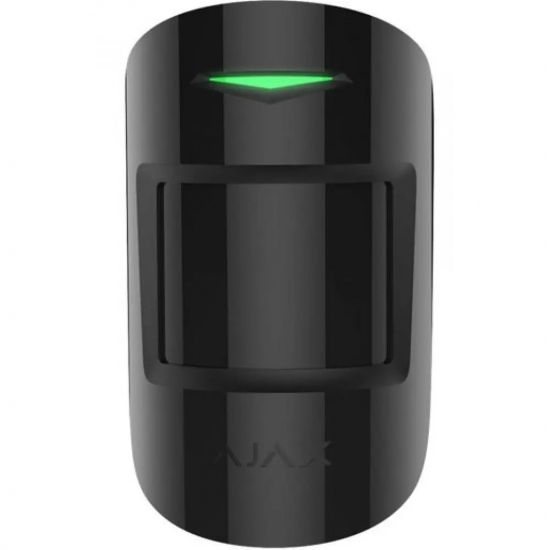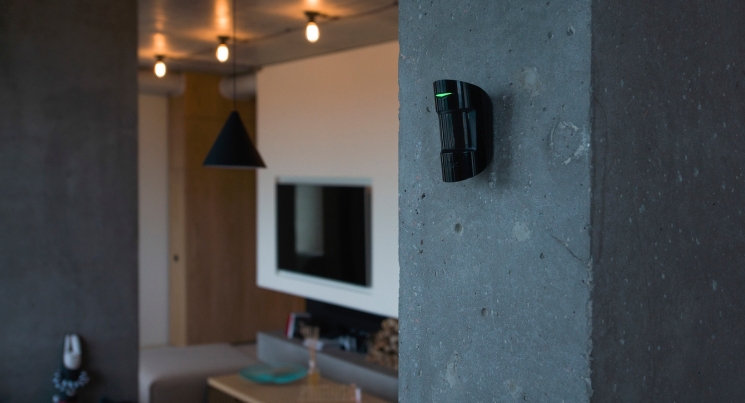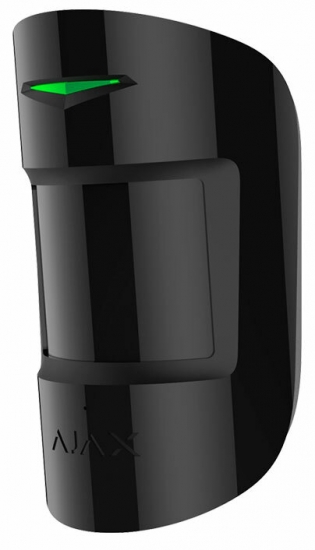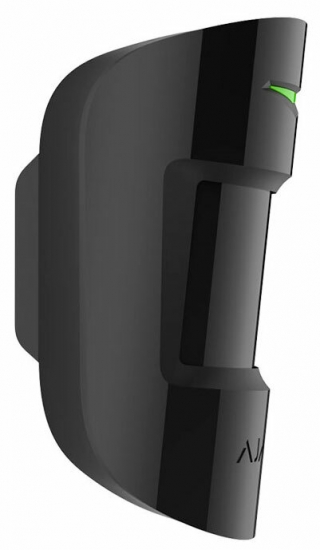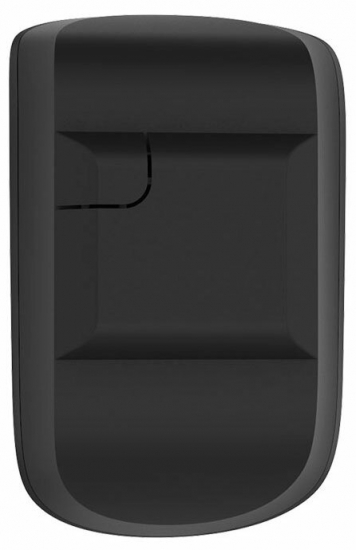 Azə
Azə
- Home Appliances, Tools and Household Goods
- Consumer Goods & Electronics
- Products & Solutions for Enterprises
- Toys & Goods for Kids
- Вütün vendorlar
- Home Appliances, Tools and Household Goods
- Consumer Goods & Electronics
- Products & Solutions for Enterprises
- Toys & Goods for Kids
- UPS and accessories
- Sources of uninterruptible power supply
- Gaming products
- Gaming PCs and hardware
- Processors for gaming
- Game consoles and accessories
- Gaming peripherals and accessories
- Glasses for computer
- Games
- Game collectible figurines and accessories
- Merchandise, gaming attributes
- Computer peripherals
- Computer components
- Media tablets
- Monitors
- Drives and Flash-memory
- Laptops & Accessories
- PC and All-in-One PC
- Accessories and options for computer and office electronics
- Cleaners
- 2E Кастомные ПК
- Компьютерные столы
- Toys
- Bath toys
- Toys for sand
- Playing Kits
- Toy transport
- Toy weapons
- Game Figures and Accessories
- Construction sets
- Dolls
- Puppet show
- Doll accessories
- Stuffed Toys
- Board games
- Puzzles
- Вeanbag
- Radio-controlled cars
- Learning toys
- Creativity
- Music and storage boxes
- Wind musical instruments_
- Percussion musical instruments_
- Other musical instruments_
Ajax CombiProtect black EU motion and split sensor
| Type | motion and break sensor |
| Application | indoor only |
| Compatibility | Hub Hybrid /(2G)/(4G) |
| Radio protocol | Jeweller |
| Radio frequency | 868,0−868,6 MHz |
| 868,7−869,2 MHz | |
| 866,0 – 866,5 МГц | |
| 905,0 – 926,5 МГц | |
| 915,85 – 926,5 МГц | |
| 921,0 – 922,0 МГц | |
| Power supply | battery /(CR123A) |
| Recommended mounting height | 2.4 m |
| Type | motion and break sensor |
| Application | indoor only |
| Compatibility | Hub Hybrid /(2G)/(4G) |
| Radio protocol | Jeweller |
| Radio frequency | 868,0−868,6 MHz |
| 868,7−869,2 MHz | |
| 866,0 – 866,5 МГц | |
| 905,0 – 926,5 МГц | |
| 915,85 – 926,5 МГц | |
| 921,0 – 922,0 МГц | |
| Pet immunity to | 50 cm (вага - до 20 кг) |
| Motion detection range | 12 m (до 9 м - виявлення розбиття) |
| Power supply | battery /(CR123A) |
| Sensitive element | electret microphone |
| Инфракрасный сенсор | |
| Operating humidity | up to 75% |
| Operating temperature | -10-+40 °C |
| Additional information | защита от подмены |
| тампер против взлома | |
| DualTone | |
| SmartDetect | |
| Package Contents | SmartBracket mounting panel |
| mounting kit | |
| инструкция | |
| датчик движения и разбития стекла CombiProtect |
| Recommended mounting height | 2.4 m |
| Dimensions | 110×65×50 mm |
| Colour | black |
| Weight | 92 g |
| Zəmanət | 24 ay |
Satışa mal daxil olduğu zaman qeyd etdiyiniz email ünvanına məktub göndəriləcəkdir!
Principle of operation
The device combines the functions of two detectors — motion detector and glass break detector. It detects motion in the room at a distance of up to 12 m and registers broken glass at a distance of up to 9 m from the window.
Device features
The device detects motion even in hot climates by means of temperature compensation. It filters false alarms caused by thunder, dogs barking or the sound of passing trucks.

Ready to operate straight out the box: the battery is already installed, therefore there is no need to disassemble the detector. With one click, it can be connected to the hub in the mobile application. It can be mounted on the SmartBracket in just a few minutes.
Combined motion and glass break detector Ajax CombiProtect
Burglar alarm sensors were installed mainly in shops and shopping centers, public places, and industrial enterprises until recently. Today, living quarters have been added to the list above. Motion detectors detect objects that move and react to them, giving users control of the space. A device for fixing the movement of objects allows users to control the situation in a limited space. After activating the motion detector, several automated actions are triggered, which depend on the settings:
- various devices are turned on;
- doors open;
- the light turns on;
- an alarm is given.
When choosing a motion sensor, it is vital to understand its types and differences and possible applications. According to the principle of operation, motion sensors are divided into several types:
Ultrasonic motion sensors — emit high-frequency waves that bounce off the surfaces of nearby objects and return to the sensors. Until the perimeter is violated, the picture remains unchanged. The sensor gives a signal as soon as it detects changes.
Infrared motion sensors — react to thermal radiation. Sensitive PIR sensors capture heat waves that pass through Fresnel lenses. When an object with infrared radiation enters the device's field of action, the motion sensors send a signal to perform the programmed action.
Photoelectric motion sensors — react to changes in the light flux. Such detectors consist of two separate parts. One emits a bright beam, and the second catches it. In addition to the visible spectrum, devices often use invisible IR. When an object blocks the light beam, the motion sensor is triggered.
Motion sensors that operate in the radio wave range are tomographic and microwave. Radio waves pass freely through walls and wooden pieces of furniture, so they allow perimeter control, regardless of the layout.
Motion sensors are used only in combination with other devices and electrical appliances, complex, multicomponent systems.
Using Motion Sensors
Motion sensors are connected to other devices because they only detect changes in the territory under protection and send a signal. The connected systems react in the right way. Before choosing a detector, the user needs to understand the most common uses of motion sensors and choose a device according to your needs.
Sensors for security alarms
The primary function of motion sensors for security is a reaction to the movement of objects. With their help, it is possible to prevent intrusion into the protected area and damage to property. Security systems are used not only in large industrial buildings and commercial enterprises. Devices of this kind are widely used to ensure the security of banks, museums, etc. Motion sensors are installed in private premises, connected to video cameras and alarms, displayed on the control panel of a security organization if the user wishes.
Motion sensors for smart home
The advantage of using motion sensors in the alarm system lies in several device features:
- They turn on the light when a person enters the room or signals.
- Turn off the light if the user left the source on.
A light sensor in the cabinet
Motion sensors are often used for kitchen cabinets and cabinets' interior lighting and mezzanines. Motion detectors that turn on the light are increasingly installed by wardrobe or shelving manufacturers in the dressing room.
Motion sensor for animals
The motion sensor and spotlights, installed in the feeding area, allow the pet to eat in comfort lighting. And the owners definitely will not step on a fluffy tail in the dark. Motion sensors are installed in tandem with other types of detectors. One of the most common is a glass break sensor for an alarm.
Glass break sensor
Glass break sensors are one type of burglar alarm detector. The sensor's purpose is to respond to the sound of breaking the glass sheet. Such sensors are used as an additional means of detecting intrusion into a protected area. Glass break sensors are tuned to respond to the sound when glass is broken. This sound can manifest itself in different ways: the first sound is a blow to the glass sheet, the second sound arises from the deflection of the glass from the object that was struck. This is followed by the sound of fragments ringing. With the help of a sensitive microphone on the sensor board, all sounds are picked up and processed by an electronic circuit, "which decides" on the alarm signal. The glass break sensor should be installed either on the ceiling at a certain distance from the window or on the wall of the protected premises. To verify the correct installation and configuration, user need to test the sensor using devices that imitate the sound of breaking glass. For maximum reliability, the glass break sensor is combined with other detectors. Motion detectors reed switches on windows and doors are used together with a glass break sensor for reliable protection. Or, there are integrated motion and break sensors.
Combined motion and break detector Ajax CombiProtect
The Ajax CombiProtect wireless motion and glass break detector is used to detect human movement and detect glass breaking in a protected area.
The principle of operation of the wireless sensor for the Ajax CombiProtect alarm
The CombiProtect wireless sensor combines the functions of two detectors — glass break and motion. The device captures human movement in a protected area at a distance of up to 12 meters and determines the breaking of a glass at a distance of up to 9 meters. The principle of operation of a wireless motion and glass break sensor is based on detecting infrared radiation from living beings. When a security detector detects such radiation, it analyzes the object's weight, and if it is above 20 kg, it sends an alarm signal to the central security alarm unit. The algorithm for processing the received signal provides a thorough check of the object in terms of mass and movement, which reduces the risk of false alarms from animals. Using this principle of operation, the Ajax CombiProtect motion and glass break detector is triggered only when a person's movement is detected. The detector does not respond to the movement of inanimate objects. If clothes fall from the hanger in the room or a draft opens the door, the sensor will not be activated. The glass break and motion sensor detect and record specific low, and high frequency sounds from glass breaking thanks to a special microphone. If a glass sheet is broken in a protected area, the detector picks up these sounds and sends an alarm signal via radio to the central alarm unit. The wireless security sensor reacts exclusively to the sound of broken glass, ignoring other loud sounds using a unique multi-stage analysis. The wireless sensor works based on a wireless radio communication system that uses anti-forgery and message encryption. Thus, the alarm system is protected from attempts to enter the protected area. The wireless combined sensor also has a state-of-the-art, highly reliable communication system that allows it to operate within multiple floors of a building or up to 2,000 meters away from a central alarm unit in the absence of obstructions. The Ajax CombiProtect wireless motion and glass break detector can be used to protect any objects: private houses, apartments, cottages, shops, offices, warehouses, industrial premises, etc. Convenient and easy sensor installation on a smart mount without disassembling the case is one of the advantages.
Features of the Ajax motion and glass break sensor
- Easy installation and configuration of the wireless motion and glass break detector.
- Mounting the sensor on the SmartBracket mount will not damage the repair and does not require disassembly of the device case.
- A tamper protects the body of the motion and break sensor from opening.
- The wireless sensor continuously transmits test signals to the alarm control panel. The polling period of the detectors can be adjusted at your discretion. If you try to steal or break the sensor, the smart security system will immediately know about it and send an alarm.
- Thanks to a special energy-saving algorithm, the detector operates from a pre-installed battery for up to 5 years.
- To control the operation of the alarm, the wireless motion detector regularly transmits a low battery signal to the control panel. The user will be promptly notified of the need to replace the battery in the sensor.
- The information transmitted by the motion and breakage sensor is protected from attempts of substitution and interception.
- The wireless motion and breakage sensor works with the Ajax ocBridge wireless signal receiver.
- The maximum distance between the wireless motion sensor and the alarm central is 2000 m without obstacles.
- The operating frequency of the 868 MHz general purpose wireless combined sensor does not require a license to use.
- Adaptive Adjustment The transmission power is adjusted according to the distance from the control panel, thus using less power from the pre-installed battery.
- The combined detector filters out false break alarms from thunder, a barking dog or a passing truck.
- The combined sensor detects the movement of objects at a distance of up to 12 m and the sound of glass breaking up to 9 m.
- The sensitivity of the wireless motion and break sensor is adjustable. You can choose the optimal sensitivity of the detector based on the size of the pet that will be in the protected area.
- The user can set up protection for both one window and the whole room with the Ajax CombiProtect combined sensor.
- The device does not respond to random movements of inanimate objects.
- The Ajax CombiProtect wireless alarm sensor ignores pets weighing up to 20 kg and up to 50 cm high.
- Thanks to temperature compensation, the security wireless motion and glass break detector detect movement even in hot climates.
The wireless combined motion and break sensor notify users of intruders entering through doors and windows and monitor the glass's integrity.


